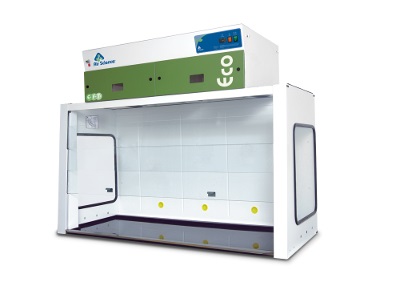Be Golden as gold mine & Green as leaf
carpe diemBe Golden as gold mine & Green as leaf
carpe diemLaboratory Hoods
Laboratory Hoods
Working under the lab hood: what are laboratory hoods used for?
The goal of a laboratory hood is to safely contain and/or remove hazardous biological and chemical contaminants before they can escape into the lab or environment.Spanning benchtop models to walk-in units, hoods are used in fields ranging from chemistry to the life sciences to forensics. Ducted hoods remove contaminants using either constant or variable air volume. Since constant-volume hoods in particular tend to be energy guzzlers, recent efforts have focused on low-flow units that incorporate fume containment features to save energy while maintaining safety.
Additional types of ventilation devices include biological safety cabinets (HEPA filtered to Class I, II, or III levels); glove boxes, which offer a higher level of protection against inhalation; and dedicated units for use with perchloric acid, IVF, or PCR.




How do I choose a laboratory hood?
The first consideration should always be the application: Identify which chemicals and processes are being used. Are they flammable, or particularly corrosive?For less toxic work, ductless enclosures, which use filters to control airborne hazards, might fit the bill. Common hood sizes range from 3 to 8 feet, so keep that in mind if any equipment needs to be housed inside the unit. Each type of hood material, including epoxy-coated steel, fiberglass, or poly resin, will offer specific heat resistance and compatibility advantages.
Although face velocity, the speed at which the air flow enters the hood, remains a prime consideration, today’s views on performance focus on containment
the information is given from:.www.labcompare.com